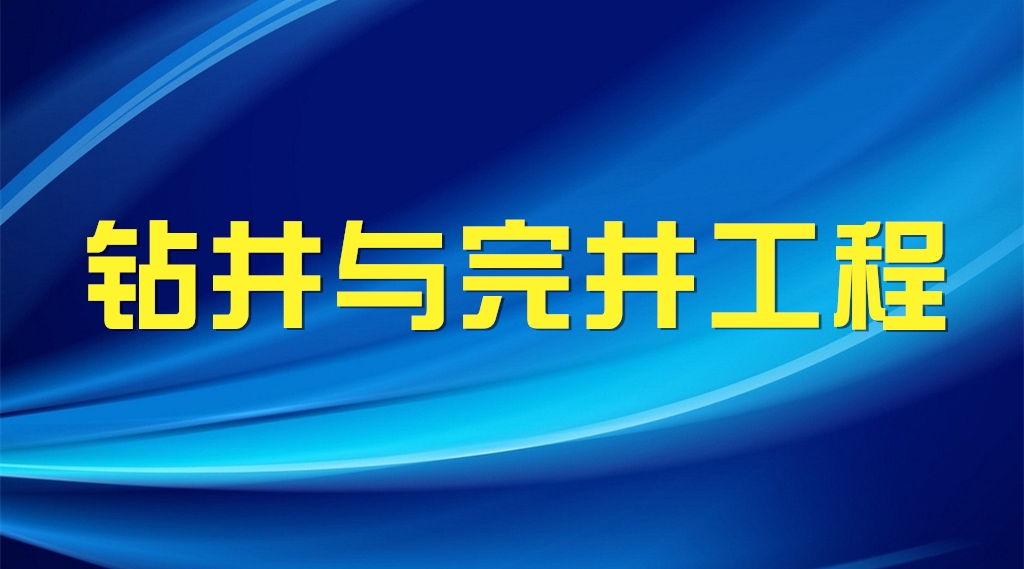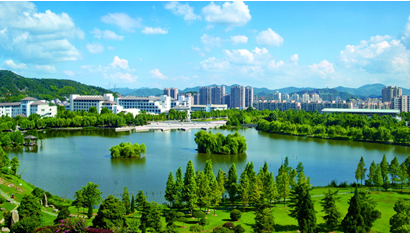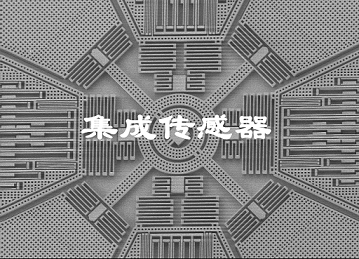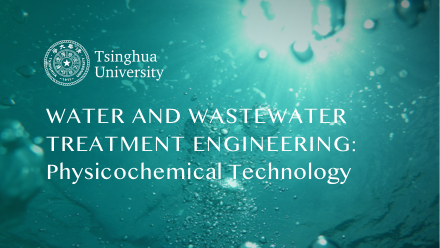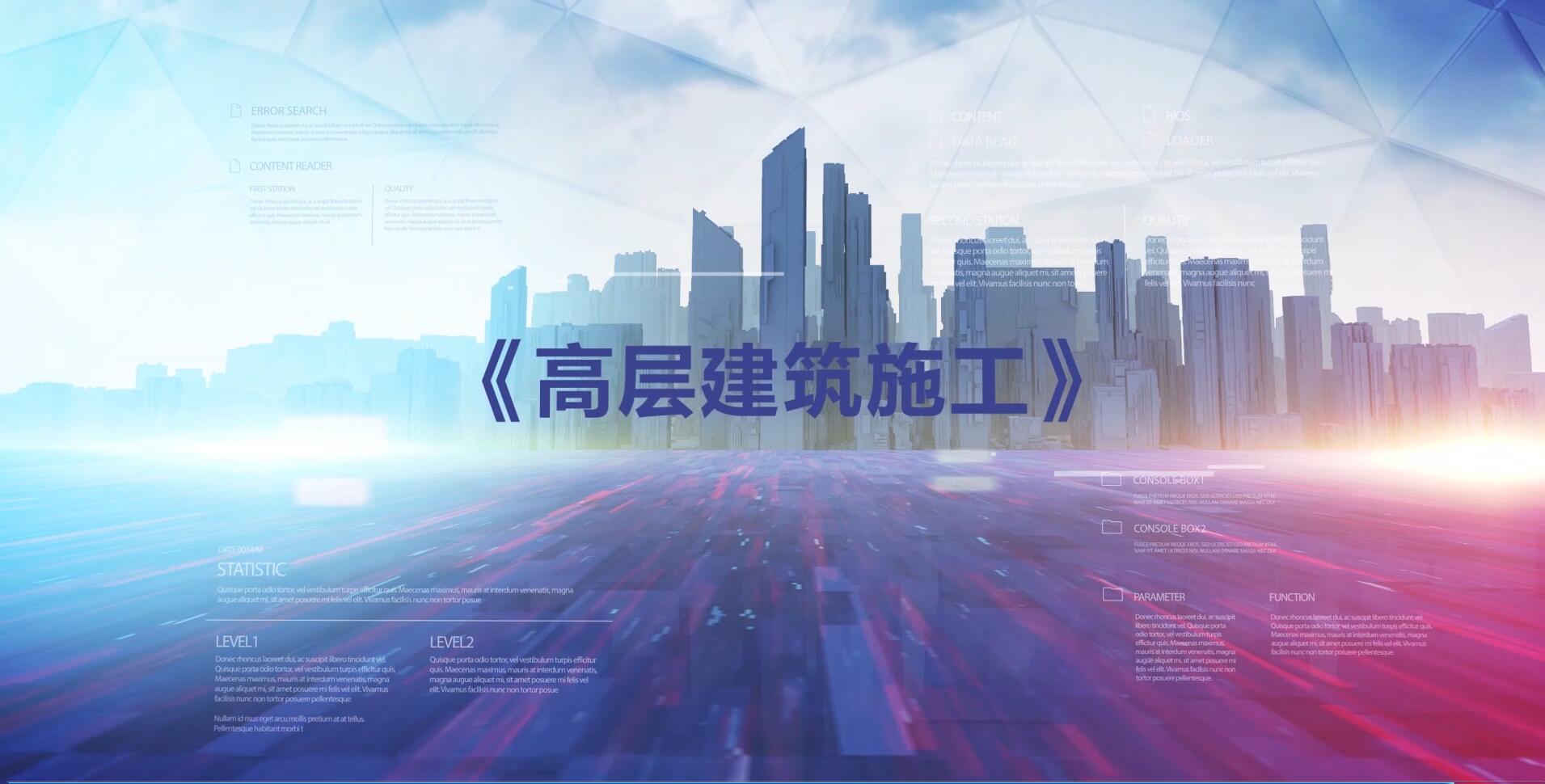
当前课程知识点:Water and Wastewater Treatment Engineering: Physicochemical Technology > Chapter 7 Membrane separation > 7-7 Principles and characteristics of UF and MF > 7-7 Principles and characteristics of UF and MF
返回《Water and Wastewater Treatment Engineering: Physicochemical Technology》慕课在线视频课程列表
返回《Water and Wastewater Treatment Engineering: Physicochemical Technology》慕课在线视频列表
同学们好!在上一讲我们介绍了反渗透
在这一讲我们将介绍另一类膜分离技术-超滤与微滤
首先我们来看一下超滤与微滤膜过程的分离原理
前面我们已经介绍过,微滤膜的孔径大于0.1μm
而超滤膜的孔径在2nm到0.1μm之间
因此当我们过滤含有一定杂质的原水时,离子是可以透过微滤和超滤膜的
因此不会存在渗透压的现象,可以在较低压力下工作
超滤和微滤膜的分离机理涉及两个方面
一是杂质在膜表面及微孔中被吸附而被去除
另一个是比膜孔大的杂质在膜表面由于筛分作用被机械截留而被去除
在实际的运行过程中,基于筛分作用的膜表面的机械截留
是超滤和微滤膜的主要分离机理
超滤膜的主要分离对象是原水中的胶体、一些生物大分子等
而微滤膜主要分离的是原水中的悬浮物、细菌等颗粒状物质
超滤和微滤膜的材料种类广泛,从大类上分有
有机膜材料和无机膜材料,有机膜材料的种类多样
常见的有机膜材料包括聚砜、聚偏氟乙烯、聚乙烯
聚丙烯、聚丙烯腈、聚四氟乙烯等
无机膜材料的种类包括金属、金属氧化物、陶瓷等
超滤和微滤膜从微观结构上看,都是孔状结构
孔径分布是表征超滤和微滤膜截留分离性能的重要技术指标
对于超滤膜的孔径分布,一般以截留相对分子质量
即MWCO来表征,通常我们可以通过试验来测定
采用具有相似化学结构但不同相对分子质量的一系列化合物
比如说聚乙二醇作为模型物质
通过过滤试验,测定膜对这些物质的截留率,得到截留相对分子质量曲线
从截留相对分子质量曲线上找到截留率达到90%时
对应的最小相对分子质量即为该种膜的截留相对分子质量
我们来看看这么一组曲线
这组曲线表示了几种超滤膜的截留相对分子质量
横坐标是相对分子质量,纵坐标是对这些不同分子质量的化合物的平均截留率
图中这些曲线的数值,代表了该型号超滤膜的截留相对分子质量
比如我们来看第一条曲线
在截留率为90%时,横坐标相对应的相对分子质量约为1000
因此,这种型号的超滤膜的截留相对分子质量为1000
同样的,再看第二条曲线
在截留率为90%时,横坐标对应的相对分子质量约为10000
因此,它的截留相对分子质量即为10000
而对于微滤膜,通常可以用孔径分布曲线来进行表征
根据孔径分布曲线,可以得到最大值出现的微孔直径
这个直径称之为标称孔径
如这个曲线表示了某种微滤膜的孔径分布
从图中可以找到最大值对应的微孔直径
从而得到这种膜的标称孔径
下面我们来看看,超滤和微滤膜的膜组件的形式
超滤和微滤膜的膜组件有多种形式
首先是板框式膜组件,如这些照片所示
另外,也有管式膜组件以及中空纤维膜组件
有关超滤和微滤膜过程的分离原理和特征就介绍到这里
在下一讲,我们将继续为大家介绍与之相关的工艺计算
-0-2 Water treatment process
-0-3 Wastewater treatment process
--0-3 Wastewater treatment process
-Chap 0 Homeworks
-1-1 Introduction
-1-2 Properties of colloids
-1-3 Mechanisms and process of coagulation and flocculation
--1-3 Mechanisms of coagulation and flocculation
-1-4 Coagulant and coagulant aids
-- 1-4 Coagulant and coagulant aids
-1-5 Kinetics of coagulation and flocculation
--1-5 Kinetics of coagulation and flocculation
-1-6 Factors affecting the coagulation performance
--1-6 Factors affecting the coagulation performance
-1-7 Facilities for coagulation and flocculation
--1-7 Facilities for coagulation and flocculation
-Chapter 1 Homeworks
-2-1 Introduction
-2-2 Discrete particle settling
--2-2 Discrete particle settling
-2-3 Flocculent settling
-2-4 Zone settling
-2-5 Rectangular settling tank
--2-5 Rectangular settling tanks
-2-6 Process calculation of rectangular settling tanks
--2-6 Process calculation of rectangular settling tanks
-2-7 Vertical Flow (up-flow ) and radial flow settling tank
--2-7 Vertical Flow (up-flow ) and radial flow settling tank
-2-8 Plated sedimentation tank
--2-8 Plated sedimentation tank
-2-9 Clarification pool
-3D interactive demonstration for settling tanks
-Chapter 2 Homework (part 1)
-Chapter 2 Homework (part 2)
-3-1 Introduction
-3-2 Theoretical foundation of air floatation
--3-2 Theoretical foundation of air floatation
-3-3 Pressurized dissolved air flotation
--3-3 Pressurized dissolved air flotation
-Chapter 3 Homework
-4-1 Introduction
-4-2 Structure and process of conventional rapid filter
--4-2 Structure and process of conventional rapid filter
-4-3 Water head loss of filter
--4-3 Water head loss of filter
-4-4 Filtration method of filter
--4-4 Filtration method of filter
-4-5 Filter media
-4-6 Water distribution system
--4-6 Water distribution system
-4-7 Filter backwashing
-4-8 Siphon filter
-4-9 Gravity valveless filter
--4-9 Gravity valveless filter
-4-10 Movable hood filter
-3D interactive demonstration for filtration tanks
--Usage and description for 3-D demonstration
-Chapter 4 Homework
-5-1 Introduction
-5-2 Influence factors of disinfection
--5-2 Influence factors of disinfection
-5-3 Chlorine disinfection
-5-4 Chlorine dioxide disinfection
--5-4 Chlorine dioxide disinfection
-5-5 Ultraviolet disinfection
--5-5 Ultraviolet disinfection
-Chapter 5 Homework
-6-1 Ion-exchange resin
-6-2 Properties of ion-exchange reactions
--6-2 Properties of ion-exchange reactions
-6-3 Properties of cation exchange resin
--6-3 Properties of cation exchange resin
-6-4 Properties of anion exchange resin
--6-4 Properties of anion exchange resin
-6-5 Softening system using ion exchange
--6-5 Softening system using ion exchange
-6-6 Desalination system using ion exchange
--6-6 Desalination system using ion exchange
-6-7 Ion-exchange equipment
-6-8 Treatment of industrial wastewater by ion-exchange method
--6-8 Treatment of industrial wastewater by ion-exchange method
-Chapter 6 Homework
-7-1 Introduction
-7-2 Principle and characteristics of electrodialysis
--7-2 Principle and characteristics of electrodialysis
-7-3 Configuration of electrodialysis unit
--7-3 Configuration of electrodialysis unit
-7-4 Operating parameters for electrodialysis unit
--7-4 Operating parameters for electrodialysis unit
-7-5 Principle and process of reverse osmosis
--7-5 Principle and process of reverse osmosis
-7-6 Operating parameters for reverse osmosis
--7-6 Operating parameters for reverse osmosis
-7-7 Principles and characteristics of UF and MF
--7-7 Principles and characteristics of UF and MF
-7-8 Design of ultrafiltration and microfiltration process
--7-8 Design of ultrafiltration and microfiltration process
-Chapter 7 Homework
-8-1 Fundamental knowledge and classification
--8-1 Fundamental knowledge and classification
-8-2 Ozonation
-8-3 Photo-catalytic oxidation
--8-3 Photo-catalytic oxidation
-8-4 Supercritical water oxidation
--8-4 Supercritical water oxidation
-8-5 Electrolysis
-Chapter 8 Homework
-9-1 Introduction
-9-2 Adsorption equilibrium and adsorption isotherm
--9-2 Adsorption equilibrium and adsorption isotherm
-9-3 Adsorption breakthrough curve
--9-3 Adsorption breakthrough curve
-Chapter 9 Homework
